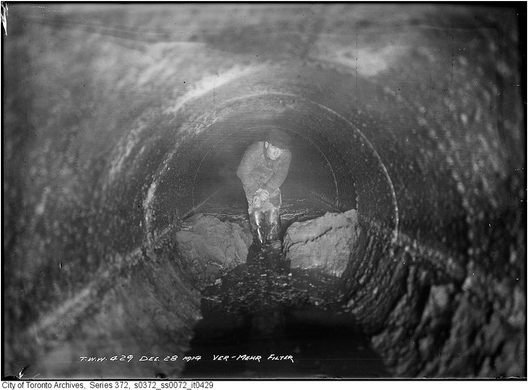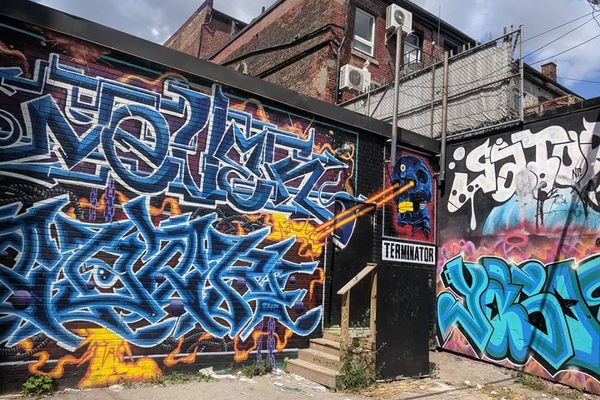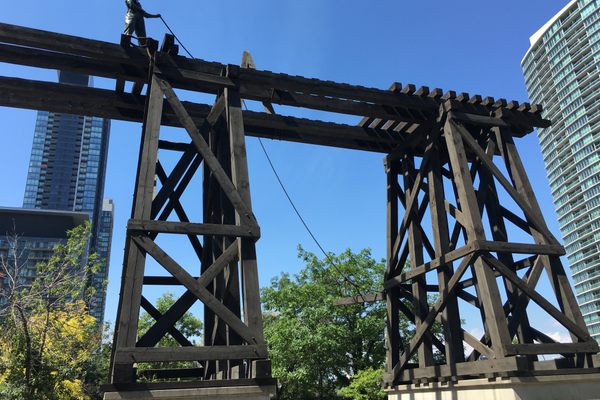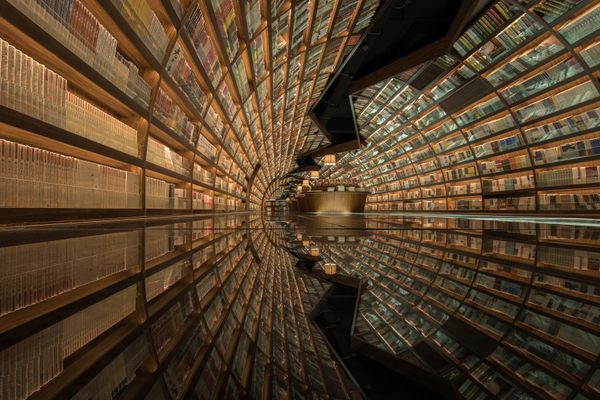AO Edited
Sewers of Toronto
A well-preserved network of cavernous tunnels have spent silent centuries removing Toronto's waste.
It takes a truly special set of circumstances to turn sewage into a landmark. Or, more appropriately, to turn the path it takes to sewage heaven into a landmark. Large cities have elaborate sewer networks by necessity. Well-planned cities have expertly designed and maintained sewers. And very old cities have large, cavernous sewers that are the stuff legends are made of.
No single one of these qualities makes a sewer worth visiting, or even possible to visit. But together, they create a secret underworld begging to be explored.
Toronto is one of the few cities that check all of the boxes above and more, making their subterranean waste management network something magical to behold. Old, well-maintained, and elaborate, the sewage tunnels in Toronto are just the way fiction has always imagined a sewer should be: wide and high-ceilinged, perfectly sized for escaping bank robbers, or a group of teenage mutant ninja turtles.
Toronto’s sewer tunnels are so large and well-built, they look more like soggy subway tunnels than rivers of wastewater. The resulting intrigue has created a subculture of urban exploration around subterranean Toronto. Daring adventurers and mischievous youths have long ventured into the city’s underground passageways to map their trajectory and examine their current state.
Each leg of the sewer system has its own story. The Garrison Creek Sewer running underneath the west end of the city, smoothly beveled and circular like a pneumatic tube, was once literally a creek. In the late 1800s, once the creek became highly trafficked with human waste, the city wisely thought it best to just go ahead and bury the creek. Looking at it now, however, it’s shocking to think of it as once being a natural above ground waterflow, and just as shocking to think that is over 100 years old.
Entrances to the tunnels are exactly where you’d expect them to be—manholes, maintenance shafts, spillways and water treatment offshoots—though, unsurprisingly, entry isn’t allowed. Visits are granted only with permission and guidance by a public works employee.
They literally do not make them like these anymore, and the tunnels are an unsung marvel of public engineering. Toronto is a city that takes its sewage seriously, as evidenced by the ornate water treatment plant nicknamed “The Palace of Purification,” which is where all the contents of these intriguing tunnels end up.
Know Before You Go
Sewers can carry human sewage and/or stormwater. Exploring is off-limits and can be dangerous due to flash floods and toxic sewer gases. Do not trespass and don't proceed without a guide.
Community Contributors
Added by
Edited by
Plan Your Trip
The Atlas Obscura Podcast is Back!






















Follow us on Twitter to get the latest on the world's hidden wonders.
Like us on Facebook to get the latest on the world's hidden wonders.
Follow us on Twitter Like us on Facebook